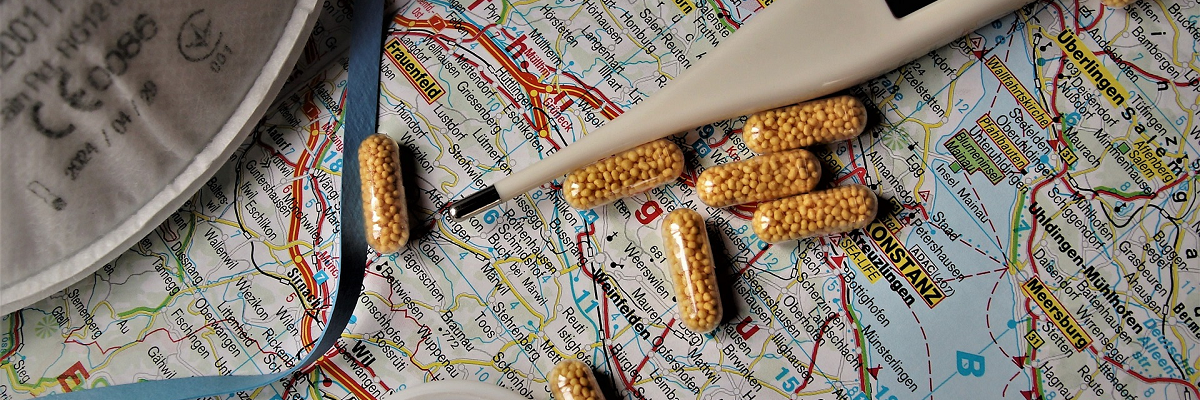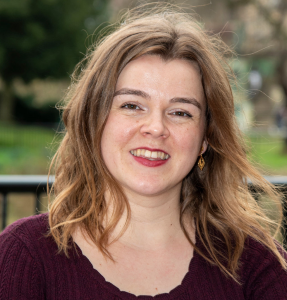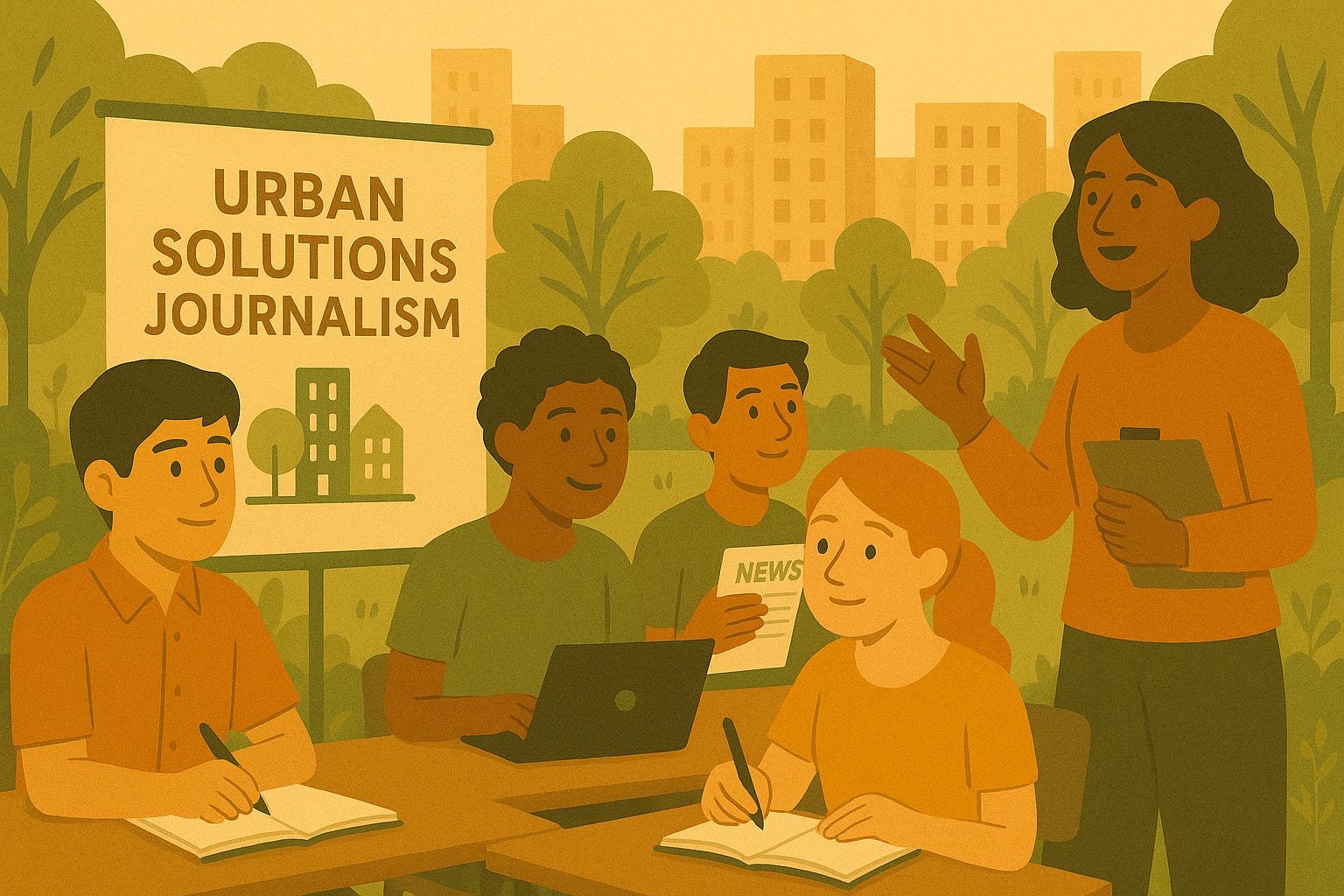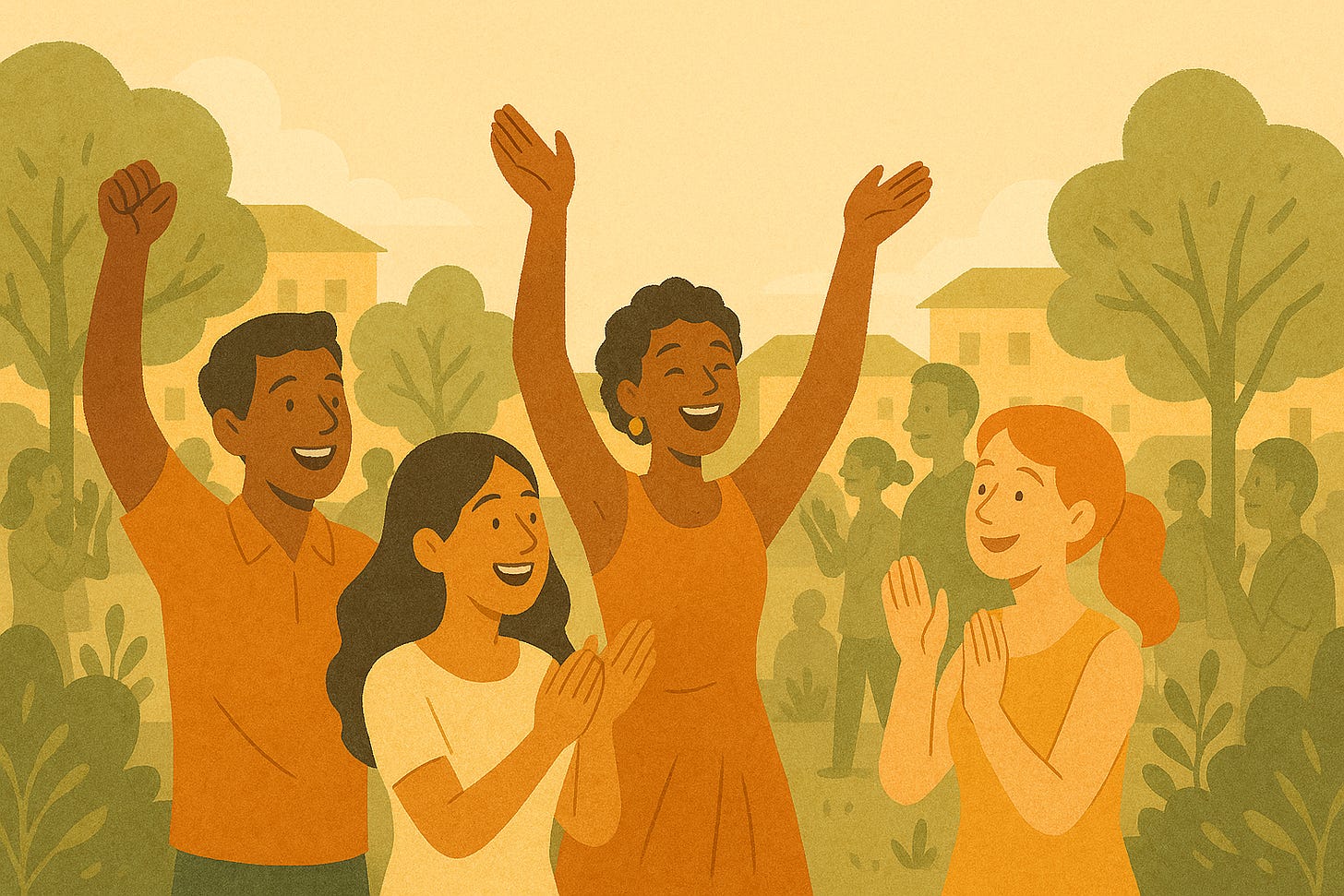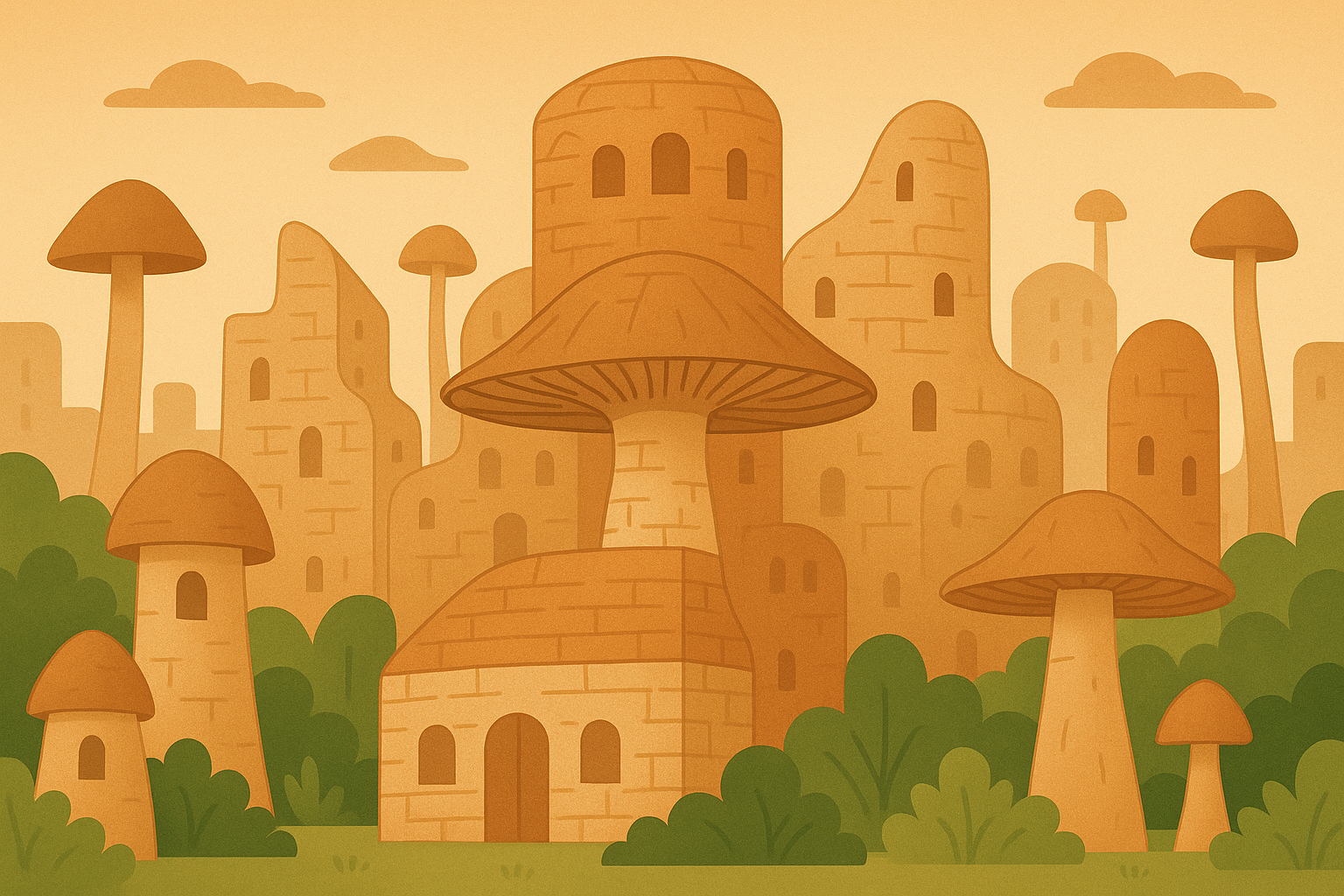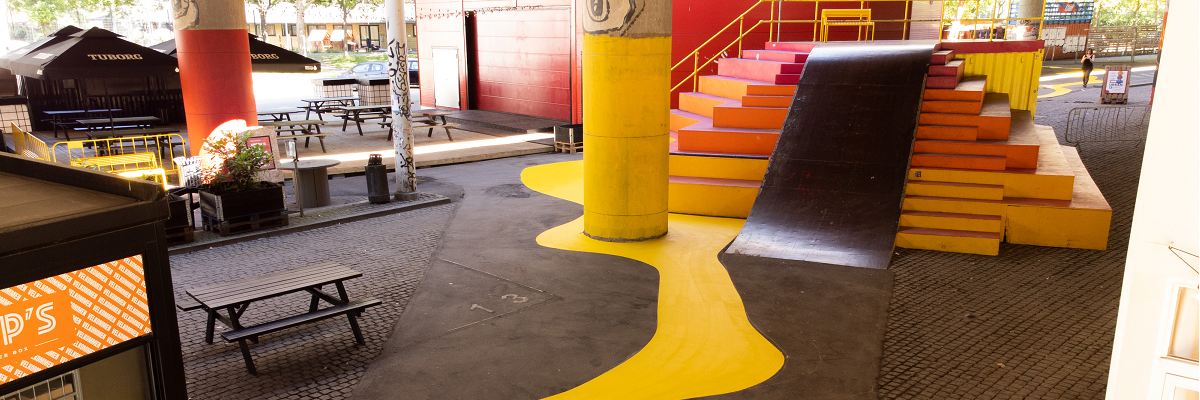While reading Richard Sennett’s urbanism book on “Building and Dwelling”, I stumbled upon a section of pandemics that now seems more relevant than ever: Sennett explains how before the 1830s, European cities had failed in quarantining the sick, therefore suffering plague and other diseases. It became the task of engineers and urban planners to promote sanitation and create a more hygienic, functional city with more equal conditions for its residents. Sennett even describes sanitation as a tool to combat equality – a point that is resurfacing these days during the COVID-19 pandemic.
Reading this made me think about the resilience of cities. It is a popular buzzword in urban planning and a goal that many cities aspire to. Originally, the term “resilient” was used in psychology to describe a mental quality that allows people to come back at least as strong as before after an adversity. Now, the term has been adapted cities: A resilient city is able to bounce back from shocks – be they social, economic, environmental or institutional. Undoubtedly, the current pandemic has shown us that our cities and towns can surprisingly easily be rattled at all of these levels at once. At the same time, the Coronavirus opens the opportunity to make our cities more resilient to this kind of health (or sanitation) challenge that urban planners have not been considering as a priority for a long time.
The OECD defines resilient cities as “cities that have the ability to absorb, recover and prepare for future shocks (economic, environmental, social and institutional). Resilient cities promote sustainable development, well-being and inclusive growth.” Similarly, the Rockefeller Foundation’s 100 Resilient Cities Initiative, that recently finished its project run, defines urban resilience as “the capacity of individuals, communities, institutions, businesses, and systems within a city to survive, adapt, and grow no matter what kinds of chronic stresses and acute shocks they experience”.
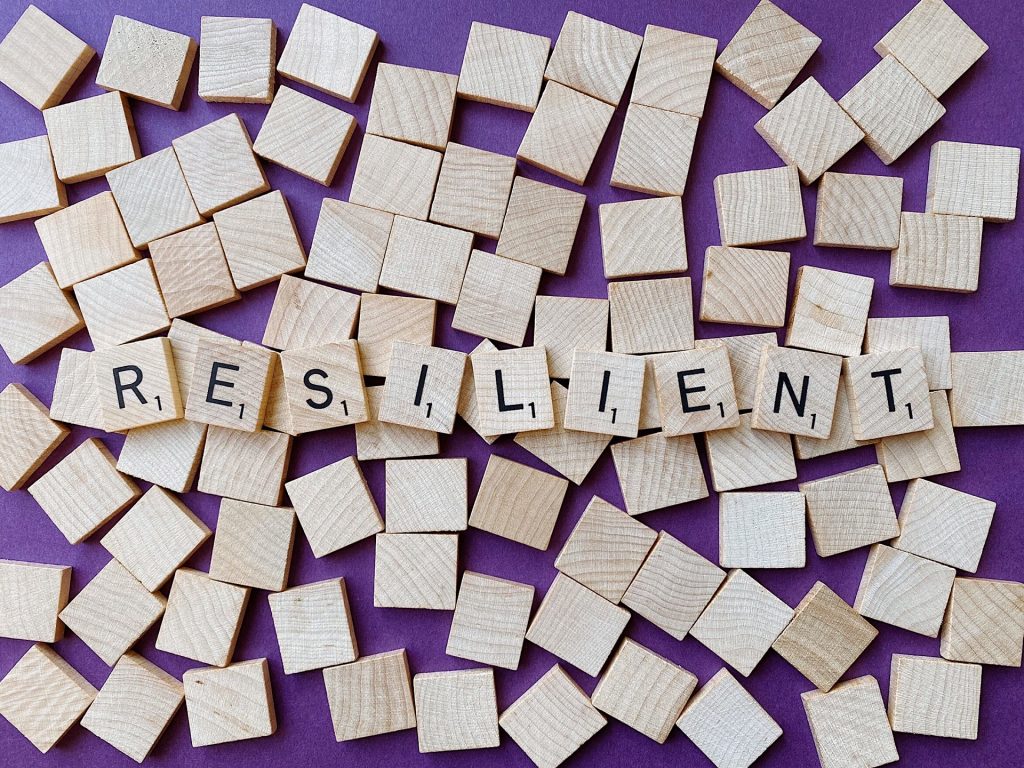
So, what can we do to make our cities more resilient against future pandemics? Let’s look at four aspects of resilient cities, as designed by 100 Resilient Cities, from a people-centred point of view.
Health and Wellbeing for more resilience
In a recent interview with Guardian Cities, Dr. Sennett said that we have to reduce density in our cities during these times. While this does not mean that we should necessary change how many people live in cities (that’s a debate for another day), we need to be able to reduce density in everyday life. Living in Mexico City, one of the world’s largest cities, has shown me how difficult it can be to change the density. Especially in the Global South, where cities typically rely on informal work, social distancing and home office work are hard to implement. At the same time, these measures are crucial for survival in countries with sub-standard health systems and a lot of poverty.
Here, urban planners could make a difference. By designing sidewalks wide enough for informal vendors to still be selling food or products while pedestrians can pass or shop, large parts of the workforce in many countries would be safe from infection and could continue making a daily income. By allowing enough space for traffic, in supermarkets and in public transportation, the risk of infection could be reduced. And by already considering alternative ways of working, such as going online, delivering goods to the door or meeting with a safe distance between colleagues, urban planners can enable a healthier co-living even in dense cities. Could this finally be the necessary push to allocate more space to people in urban planning?
Economic and social resilience in the face of pandemics
Urban planners can contribute to creating a dynamic economy by keeping transportation routes short, creating mixed-use neighbourhoods and making space for a diverse number of industries in cities. They should try to enable innovation in everyday life, which also includes spaces open to everyone so you can network and meet your neighbours.
Access to employment, education, services and skills training is crucial for a prosperous economic development. Coronavirus times have shown us that we need to think of these not only as spatial offers, but also as important component of the economy that need to function even when you take away spatiality. While this is not exclusively the task of urban planners, it is important to consider these questions:
- What will happen to buildings like schools and universities in times of crisis?
- Where and how can people work in times of crisis?
- How can services be provided in terms of crisis?
- What skills do citizens need to survive an economic crisis?
Even imagining other worst-case-scenarios, it makes sense to improve resilience on these fronts. For example, if urban planners and architects created offices, schools and universities with an idea of multi-purpose use, if they created more bike lanes so we could still move even if public transport stops or fuel runs out, and if they created short ways and open meeting spaces, the resilience of citizens in an economic crisis will be much improved.
Social resilience seems to be particularly important during this crisis, and the good news is that there are countless great solutions. From citizens supporting elderly neighbours with the weekly shopping to police men offering free Zumba classes to neighbours, from free online offers to toasting the neighbours from the balcony, from gratitude towards health workers to a whole new experience of singing together, there are daily reports on moves to make our society more inclusive and cohesive. If we manage to keep at least some of these good practices, we will come out of the crisis with stronger neighbourhood and citizens’ networks, which is an important step towards more resilience.
However, the biggest challenges for social resilience lies in a lack of equality. Informal settlements exemplify this: Residents often have little to no savings, little to no access to infrastructure and public services and little to no access to attractive jobs. Tackling this issue, that is overpowering for many people even in the best of times, is one of the most important tasks of urban planners. Creating more equal access to urban services and public spaces, as well as supporting strong neighbourhood networks, are crucial for urban resilience all over the world.
Infrastructural and Environmental resilience in the face of pandemics
Environmental resilience encompasses a sound and diverse ecosystem, infrastructure that meets basic needs, the availability of adequate natural resources and a coherent policy towards land use. While the global self-isolation has improved some of these aspects, such as making India’s skies blue again or allowing wildlife to take over buy metropolises, we cannot expect these beneficial side-effects to last once we are allowed to go back to normal again.
Importantly, though, we have to remember how quickly the environment got the opportunity to take a deep, healthy breath with human activities frozen in so many ways due to the pandemic. There is also a new appreciation for gardening, cooking with fresh ingredients and a trend towards supporting local farmers. None of these developments are completely new, but COVID-19 has shown us some possibilities. Urban planners can provide more spaces to connect with the environment even during a crisis, such as urban gardens, waterfronts, parks and other green and blue spaces.
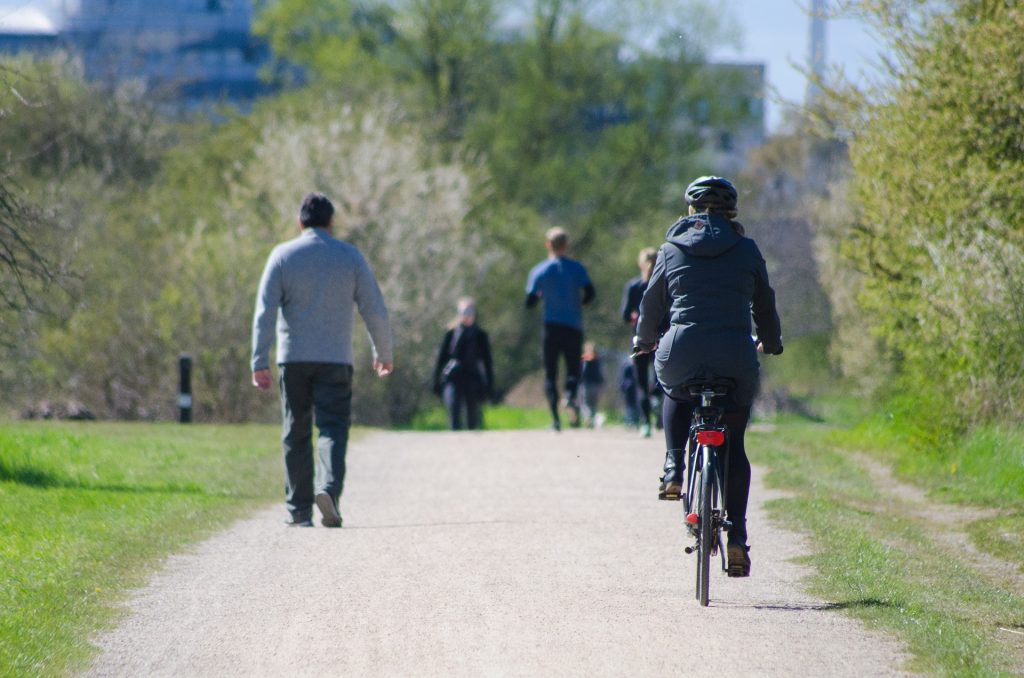
At the same time, urban planners need to think about infrastructure that can meet basic needs even in times of crisis. This will be one of the most important changes made once the pandemic is subsiding. A better health infrastructure in many cities, preference towards health workers and basic services as well as the ability of maintaining water, gas, electricity and other infrastructure service we are very dependent on. Access to core services, especially in informal settlements, is another crucial element of resilience. The same applies for affordable housing and access to public space.
Public transportation is taking a big hit in many cities during the coronavirus pandemic, since it is not considered to be safe enough in terms of a potential contagion. By making sure that you can implement distancing measures, urban planners could improve safety in transportation. More bike riding lanes as well as wider sidewalks also appear to be crucial during isolation – cities like Bogotá are currently championing people-friendly alternatives to public transit.
The best resilient cities, according to the 100 Resilient Cities Network, have decentralised, networked and locally supplied city services. Their infrastructure can withstand dramatic changes and their environment – within the city as well as outside of it – will not suffer from a crisis.
Institutional and Strategic resilience in the face of pandemics
Despite an initial shock, many governments are stepping up and doing their best to govern the COVID-19 crisis, to inform their citizens and to provide clear leadership and management. In order to allow for quicker responses in the next crisis, our cities need better strategic and integrated approaches. Especially in times of globalisation, we need to consider our interconnectedness and how that can be a big governance challenge with something as contagious as this virus.
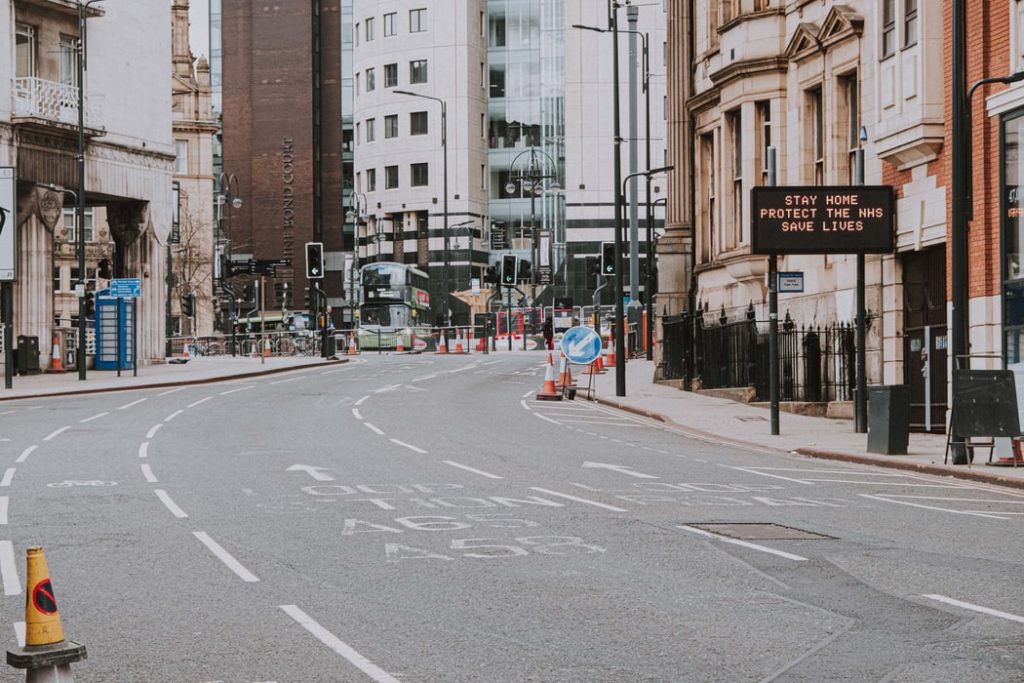
Suggestions for urban planning governance include:
- Providing the right skills to the public sector
- Making sure that appropriate actions can be taken quickly
- Making government more open and transparent
- Participatory measure in order to include citizens in the process on many levels
While no government has reacted perfectly to this crisis, there have been two very interesting points:
- Despite its high rate of infection, Germany has managed to keep the death rate very low, which many accredit to chancellor Angela Merkel and her sober, direct and fact-based communication of the crisis
- Countries and cities with female leaders have shown the best governance during the coronavirus crisis, as Forbes Magazine suggests
Tying the dimensions of urban resilience together
While every city is finding different solutions to the pandemic and while opportunities to act can differ widely, the idea is to find adequate solutions that can be scaled. Ideally, tomorrow’s cities will be able withstand, respond to and adapt quickly to shocks like a pandemic. Qualities like a more equal society, social support systems, access to public spaces, design for pedestrians and cyclists, access to crucial services and infrastructure as well as a communicative, transparent government are crucial in order to make cities more resilient.
A mix of robust disaster defences and strong social cohesion are also important factors. Especially in cities of the Global South, we need to consider resilience in terms of protecting the most vulnerable, who are often hit first by a crisis or disaster. Here, disaster communication plays a big role, as do trust in government and emergency mechanisms.
The World Bank focuses on higher density, shorter distances and fewer divisions as a “formula” to improve economic development in cities. In terms of urban resilience, improving these aspects will also help in fighting future pandemics
While there are many other aspects to resilient cities, the current crisis should inspire urban planners – and really, all of us – to consider how to make their towns or cities more resilient to similar future shocks. What resilient practices have you seen in your city? What can we learn from them?

